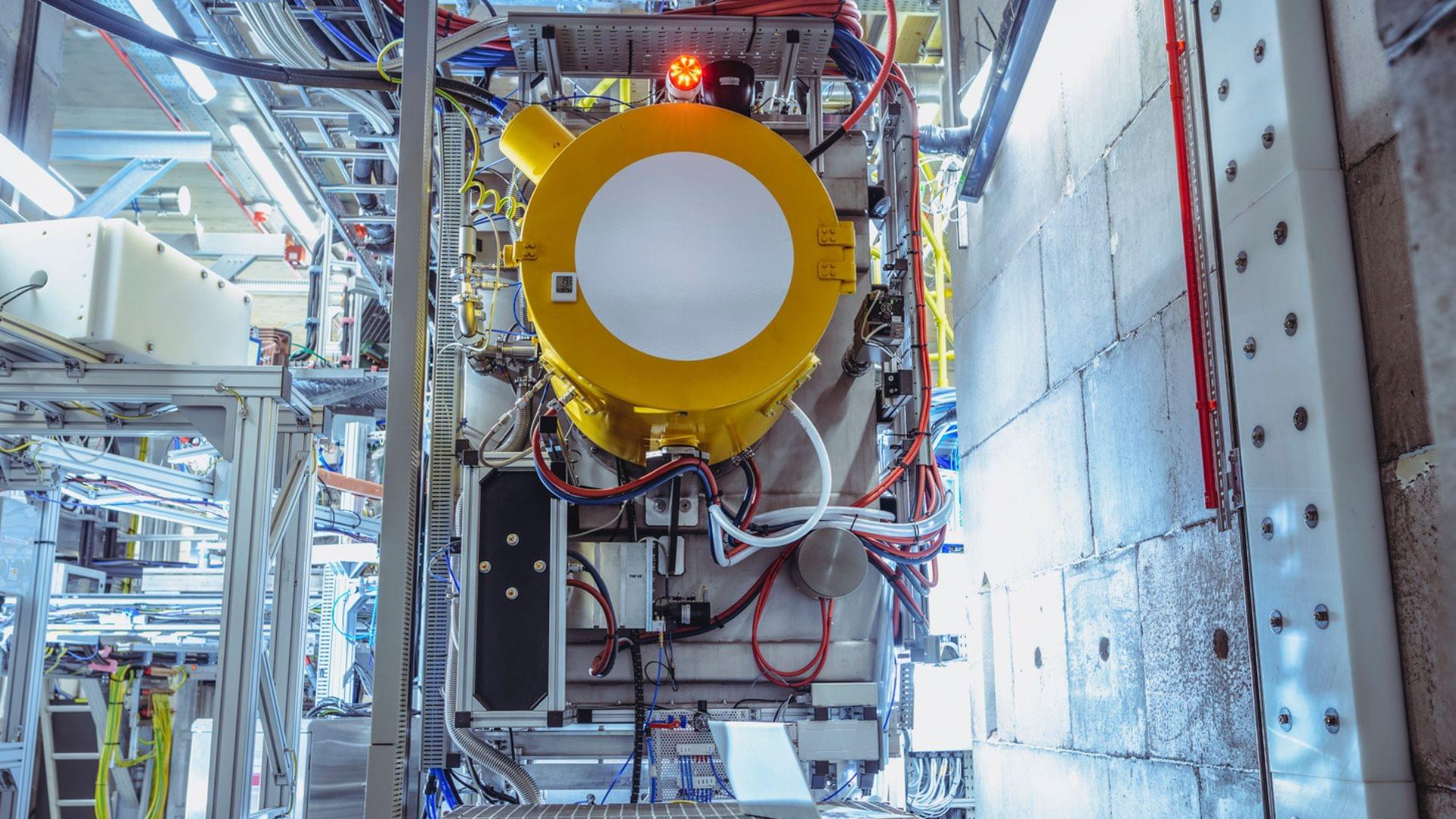Neutrinos—ghostly particles that rarely interact with normal matter—are the sun’s secret messengers. These particles are born deep within the sun, a byproduct of the nuclear fusion process which powers all stars.
Neutrinos escape the sun and stream through Earth in immense quantities. These particles are imprinted with information about the inner workings of the sun.
Our new theoretical paper published in Physical Review Letters shows that the Deep Underground Neutrino Experiment (DUNE), currently under construction, will help us unlock the deepest secrets of these solar messengers.







